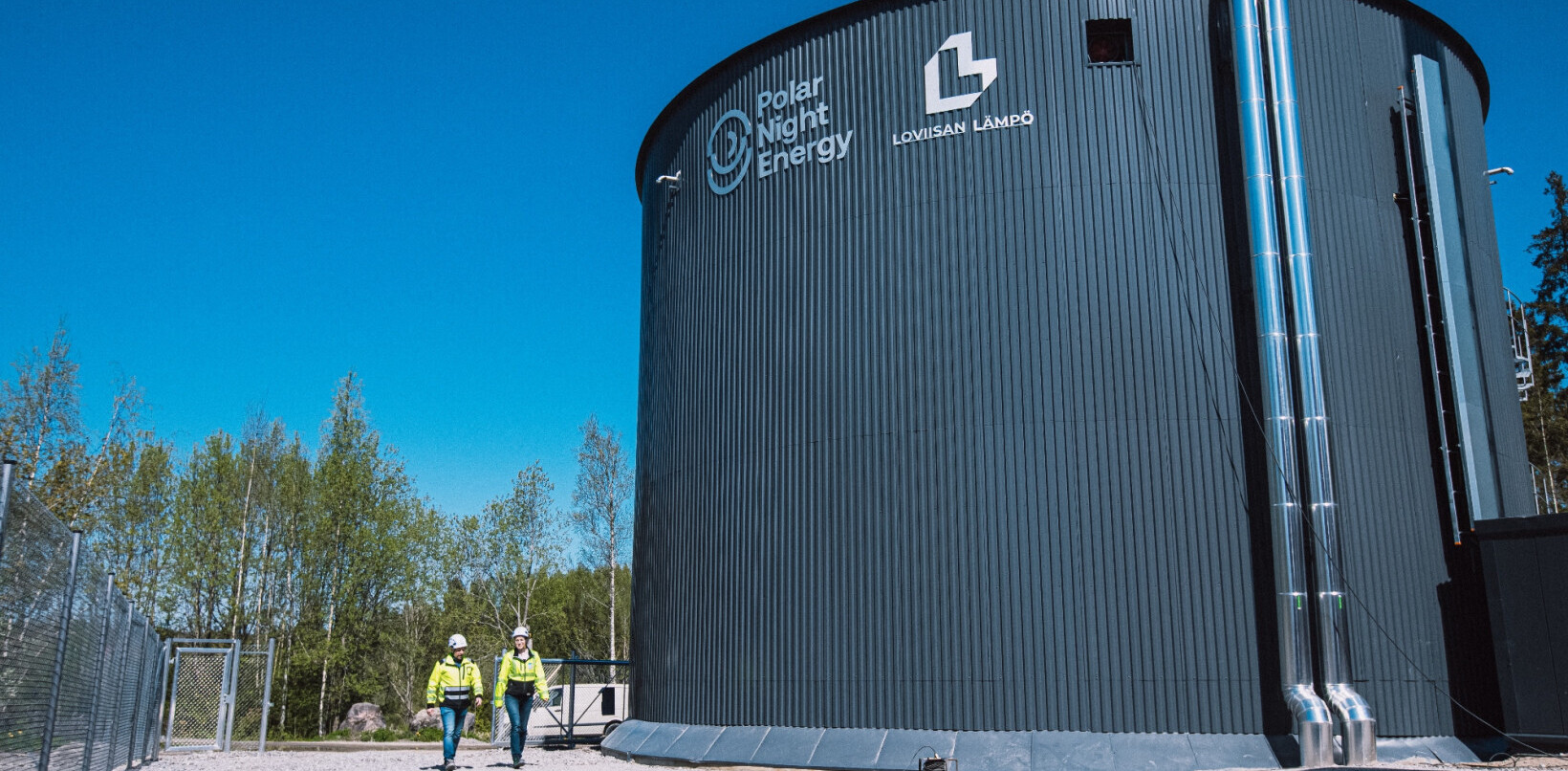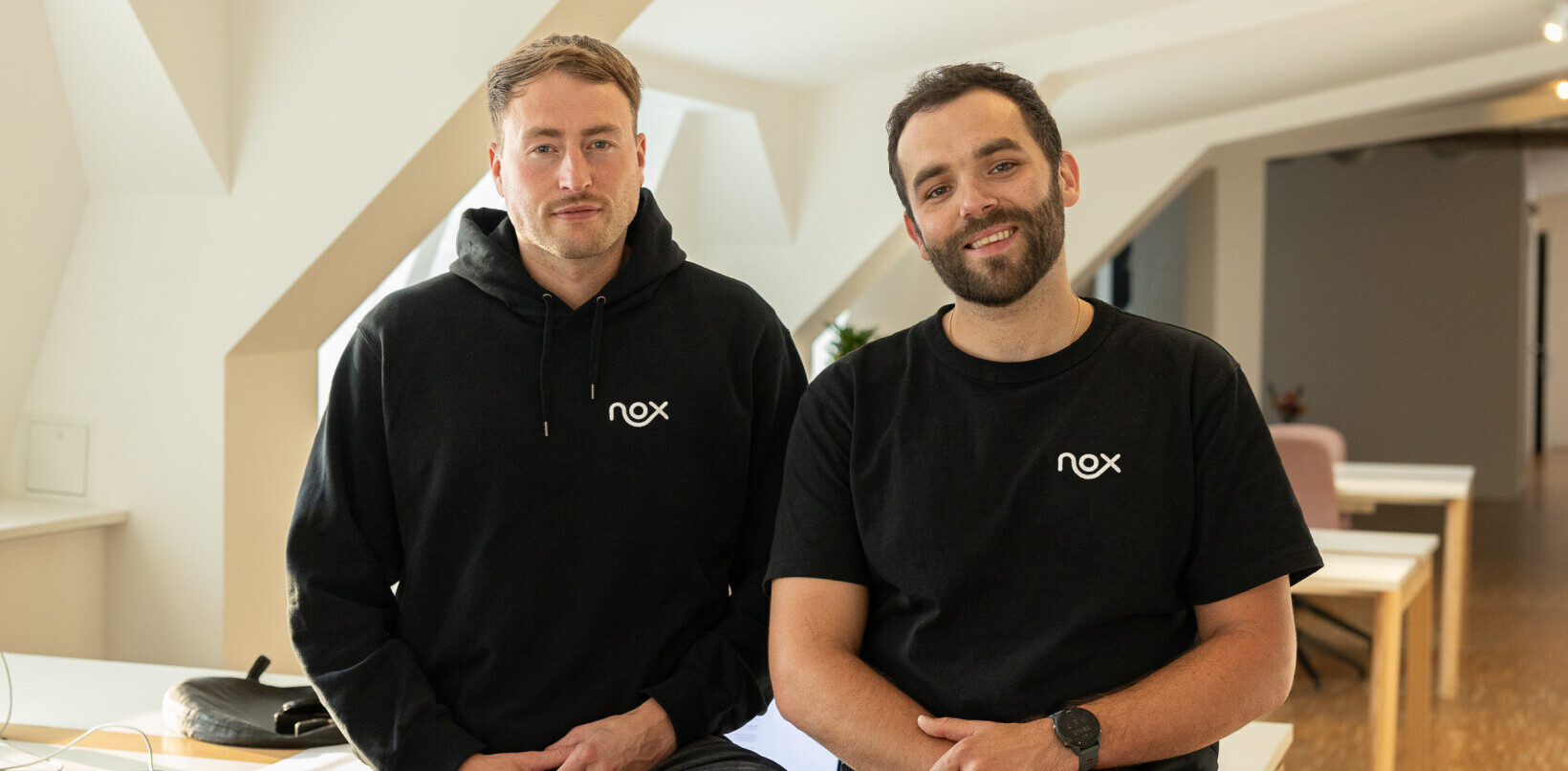
If you launch a startupin your home country, you might discover it’s a pretty small market. Naturally, you start thinking about expanding into new countries, and if your business isn’t dependent on physical processes — great! — you can launch globally basically from day one.
But what to do if your business is a platform of management crowdsourced couriers with vast amounts of transactions and physical processes: couriers move in the physical world using different types of transport, pick up the goods from senders and drop them off to recipients?
Well, I know a thing or two about that. My company has launched in 13 countries in two years, closed three of them, and now we have ten ranging from Mexico (GMT-6) to Seoul (GMT+9).
Despite a couple of hiccups, it’s absolutely been worth it as more than 80% of our volume comes from outside our original market. So being operational heavy shouldn’t stop you from going global and that’s why I wanted to share the challenges we faced and how we have coped with them.
Perceived strategic choice
First of all, why did we decide to start our international expansion?
At that time, we had only one product, an on-demand delivery service. Our clients used it as a backup option for their existing delivery solution. We could go deeper into our native market, make products enabling various kinds of reliable same-day delivery and capture all the delivery volume from our current client base.
But we believed there was a broader market we could capture if we expanded internationally. And we bet on the first-mover advantage: coming to markets when they’re being formed, while the competitors are still weak to obtain a significant market share there.
Our strategic choice has turned out to be the right solution, and there’s a key lesson here.
You can grow much faster if you have little to no competition, and if you have a product-market fit in one country, there’s a good chance you could repeat your playbook while it’s still early. And with a growing sales volume, we could invest more into improving our product making ourselves even more competitive.
If we had just stayed in our home country, we’d have lost this chance because we’d be fighting more established companies that would employ the same business model as we do — which brings us to…
Start thinking globally
Lightning-fast international expansion and business development outside of your native market require a significant change to your approach and how your team thinks about the business itself.
Now it’s not enough to deeply know our native market and propose a solution for it, we are working in multiple markets, each with their specifics that we now need to consider in the product development, in launching different marketing activities, and in determining the approach of selling our service to the clients.
We believed our key advantage was in our product, specifically in the way we manage couriers from onboarding to routing assignments. So we’ve decided to centralize product development to make a world-class product with specific fine-tuning options for local markets. That’s probably the right way for all gig economy companies.
Most of our clients use our service directly. We acquire them using digital marketing. All of these channels are pretty complex to manage, so we have centralized the marketing function at our HQ. Having a single brand for all of these countries comes in handy. Local teams are focused on localization marketing campaigns and provide local marketing insights.
Most countries now have firm data protection legislation in place, and most of them require residents’ personal data to be physically stored in that country. That’s why we have built our IT infrastructure to be easily deployable anywhere while using the same code. And we have ensured we can update it quickly as we improve it.
You might need to restructure your entire organization to manage ten or more countries. We have built the divisional structure by geographic principle. The main task is to take PnL ownership for a country or even a group of countries and adequately manage them.
Working in multiple countries requires rethinking the way the company is governed. Some functions have to be centralized and performed by the HQ team, and others should be on the local side to leverage local expertise.
Finding and hiring a local team
As soon as we decide to launch in a new market, we start creating a local team. We need people to do customer support, sales, account management, product, and marketing localization.
We start by looking for a country manager who’d be able to jumpstart our operations. Looking for the right person for the business position in your native country is not easy.
Doing it in another country with another culture and mentality is similar to hiring people from another planet. However, we worked out an approach to finding the right people to launch our operations in a new country.
We are placing job descriptions on LinkedIn intending to find ambitious and entrepreneurial people. We get acquainted and offer them a task: make a pitch deck as if they were the actual business owners looking for an investment. They have the technology on hand; all they need is to start operations and develop a business.
To make such a deck, they might need to estimate the market, research the competition, develop the team composition, define a successful outcome in a few years, and how much funding they need.
We aren’t looking for ideal solutions. What’s important is how the potential candidate was thinking, the deck’s structure, and the language used.
Building such a deck requires an investment of time and resources, diving into the market and product research, so doing that gives us an excellent idea of the type of person we’re facing. On average, we have about three to four people getting to that stage, and then we select the best one.
Lightning-fast product localization
Despite the similarity between countries from the physical processes point of view, delivery is a process of moving goods from point A to point B everywhere. There is a multitude of specific regulations and details that require close attention.
For example, there are simply no addresses in many places in India; instead, there are landmarks. Your app expects an ideal location, and the client leaves a note like “blue building to the right of the pharmacy.” This imposes restrictions on determining pick-up or drop-off points coordinates and consequently the calculation of client tariff.
Or, for example, Istanbul’s geography is very complex: it has eastern and western parts connected by a few bridges and tunnels. For us, it means that movements inside each area are much more accessible than transfers between them. The solution to this problem required the specific setting of our tariff system to make the courier’s remuneration fair independently of the direction the courier moves.
If you want to launch your business in a dozen countries, you need to be ready to localize all the critical parts of your business quickly.
In our case, we made all the landing pages on websites and applications customizable. Our tariff system with delivery zones and different fares for different types of transport is fully customizable. Thus, the entire framework for selling and supplying products in a new country takes less than one month and requires minimum attention from the development team. Most of the settings can be done by a local team.
A fully localized product doesn’t mean yet that product is ready to launch. If a client places an order, there is still no one who can fulfill the order. That’s why after product preparation, we launched the courier acquisition. After getting the minimum amount of registered couriers on the platform, you can start the client acquisition and perform the first actual operations.
It’s all in the name
Going international brought up the question about the name of the service: whether we should go with the name from the native market or we have to come up with the united international name, or we can make different names for different needs?
Because our target client is a business that needs to deliver goods inside its city, we decided that different local names would be more understandable to our target audience and trust them more. Looking ahead though… I will say we were wrong.
For example, when we opened in China, we made a brand specifically for the region. The Chinese are very fond of their local services, and sounding like a home-grown business worked well.
However… it turned out that people trust international services and organizations more than they do local ones within some cultures.
For an app, there are many synergies involved in terms of marketing, ad campaigns, app store positions, and user acquisition services that hinge on the existence of a common name, regardless of the region.
Starting with a new name in a new country, we needed to develop its recognisability from scratch, positions in search engines, and application stores. It took significantly longer in comparison if you start with the one united name everywhere.
Even if your clients aren’t moving from country to country like with Uber, you still benefit from being a global brand. That’s why eventually we’ve decided to rebrand all of our regional companies under a single name. It took a lot of effort but we still believe it was the right choice.
Looking back
We have started building an international company in 2016. Now, we have more than 80% of our operations coming from non-native markets. Building an international company is challenging, especially if your business is highly operational intensive: you need to automate processes with the scale as soon as possible to be effective.
And it’s all worth it. I believe in several years, my company will be in a row with huge international logistics giants.
Get the TNW newsletter
Get the most important tech news in your inbox each week.





